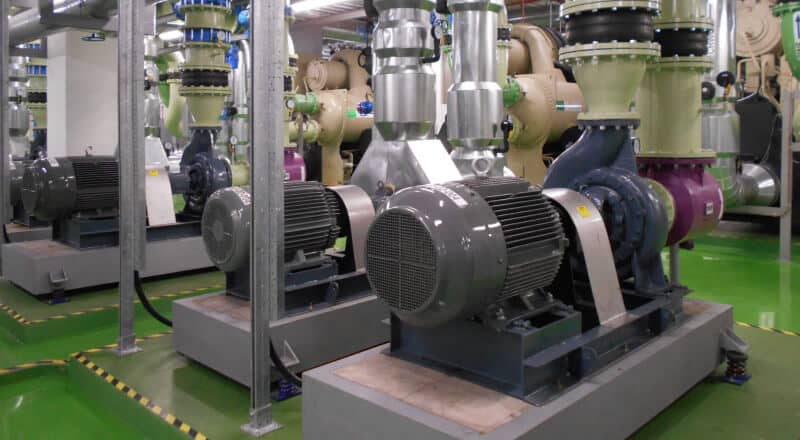Showing all 5 results
-
Mitsuboshi V Belts
$0.00 Read more -
Optibelt Banded V Belts
$0.00 Read more -
Optibelt Maintenance Free V Belts
$0.00 Read more -
Optibelt V Belts
$0.00 Read more -
Optibelt V Belts
$0.00 Read more
Power Transmission V Belts
Power transmission V belts are a type of mechanical drive belt widely used in various industries to transmit power from one component to another. These belts consist of a continuous loop of flexible material, typically made of rubber or synthetic materials, with a trapezoidal cross-section. The “V” shape of the belt allows it to engage with grooves or pulleys on the driven components, ensuring a reliable transfer of power.
Power transmission V belts are known for their versatility and efficiency in transmitting rotational motion between shafts. They are primarily used in applications where a high degree of torque needs to be transferred, such as in industrial machinery, automotive engines, agricultural equipment, and HVAC systems. These belts are designed to handle a wide range of power requirements and can transmit power over long distances.
One of the key advantages of power transmission V belts is their ability to provide a smooth and quiet operation. The design of the belts, with their wedged shape and increased surface contact, minimizes slippage and enhances power transfer efficiency. Additionally, they offer flexibility in terms of mounting positions and alignment adjustments, making them adaptable to various power transmission systems.
Power transmission V belts are available in a range of sizes, lengths, and materials to suit different applications. The selection of the right belt depends on factors such as the power requirements, operating conditions (including temperature and humidity), and speed of the driven components. Common types of V belts include classical V belts, narrow V belts, wedge V belts, and cogged V belts, each designed for specific applications.
Regular maintenance and proper tensioning are crucial for the optimal performance and longevity of power transmission V belts. Periodic inspections, including checking for wear, cracks, or signs of damage, should be carried out, and any worn-out belts should be promptly replaced. Correct tensioning of the belts ensures optimal power transfer while preventing excessive stress on the belt and the driven components.
In summary, power transmission V belts are an essential component of many industrial and mechanical systems. They provide a reliable and efficient means of transmitting power, ensuring smooth and quiet operation. With their versatility and adaptability, power transmission V belts continue to play a vital role in various industries, contributing to the seamless functioning of machinery and equipment.







